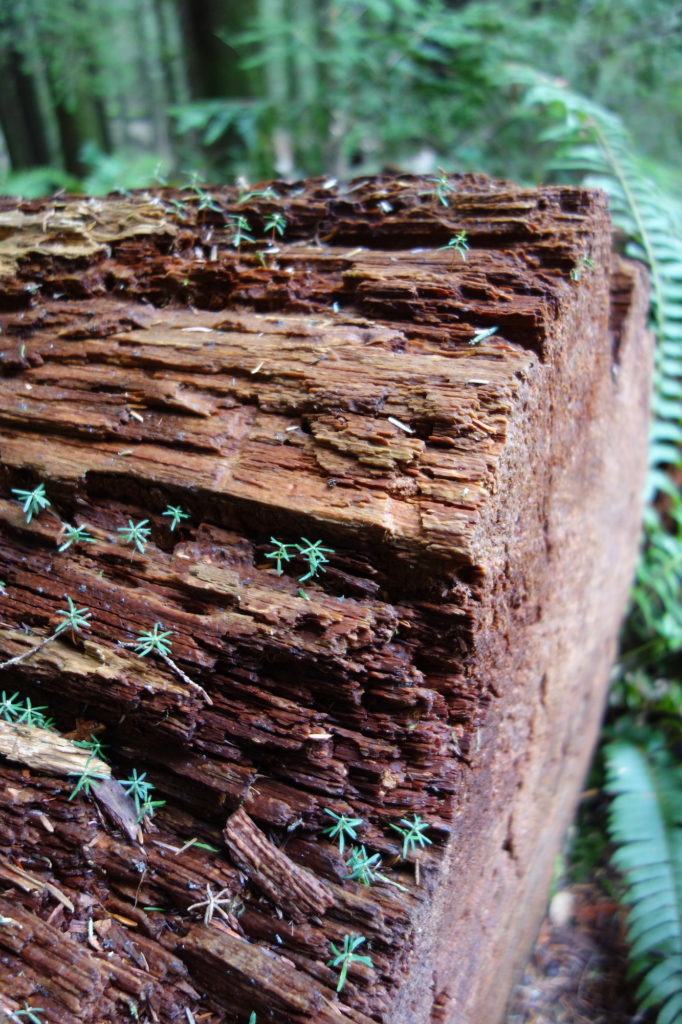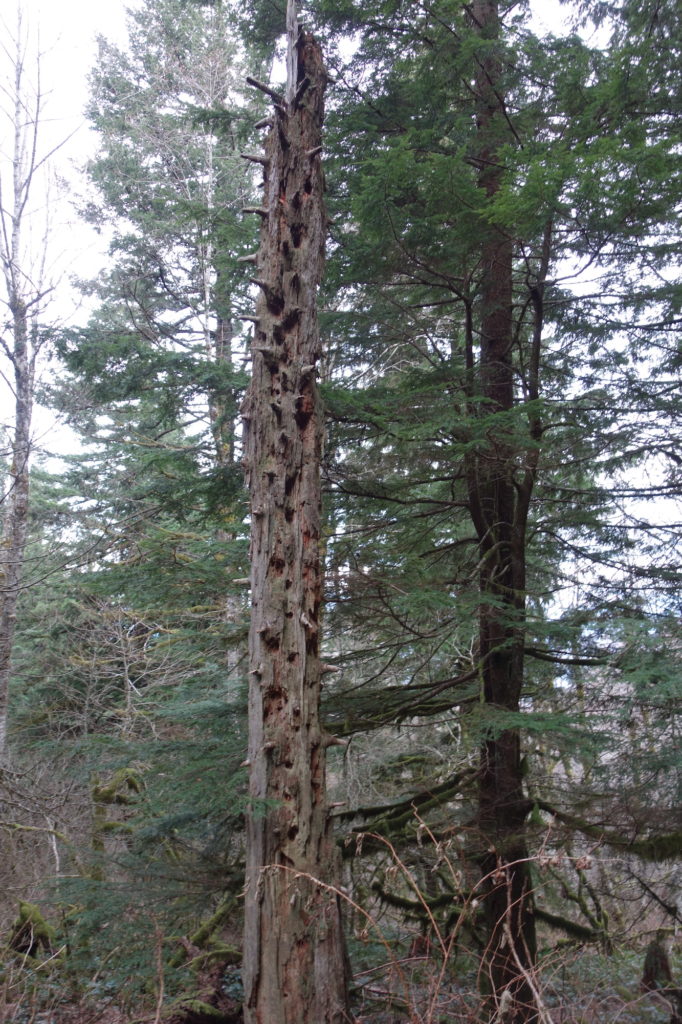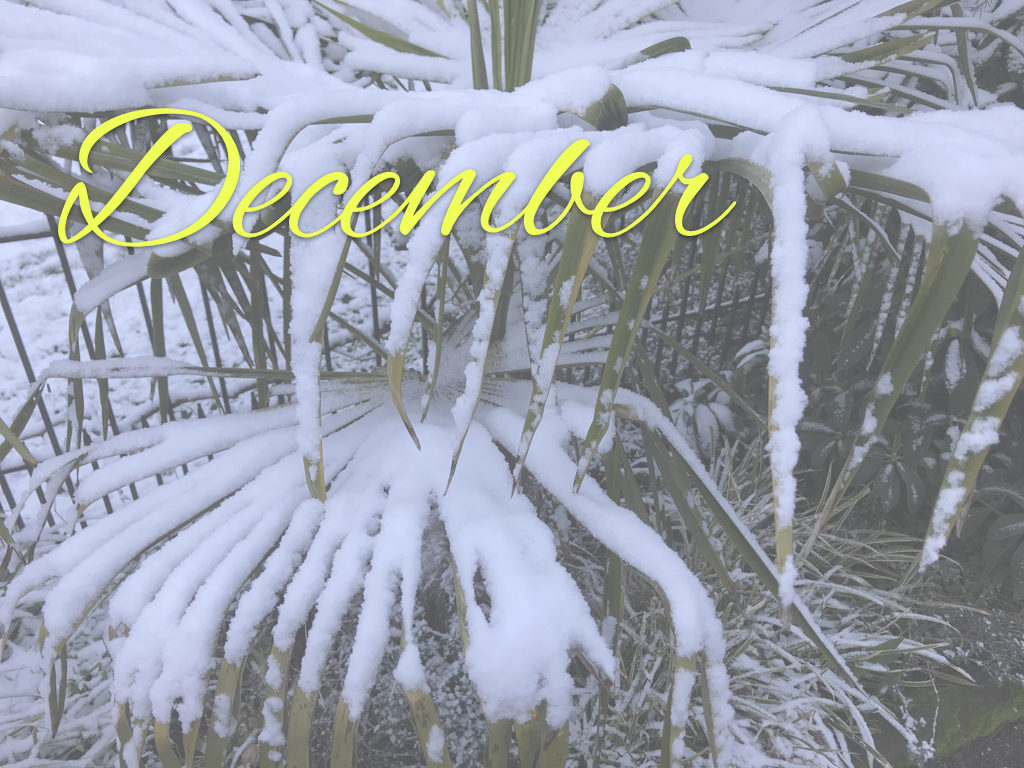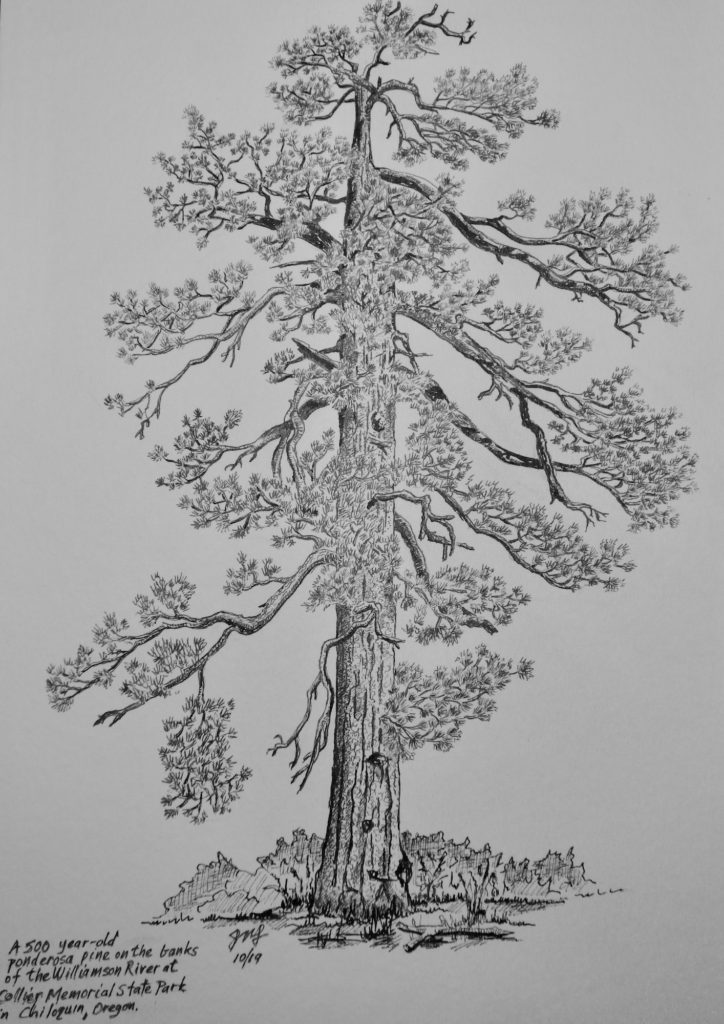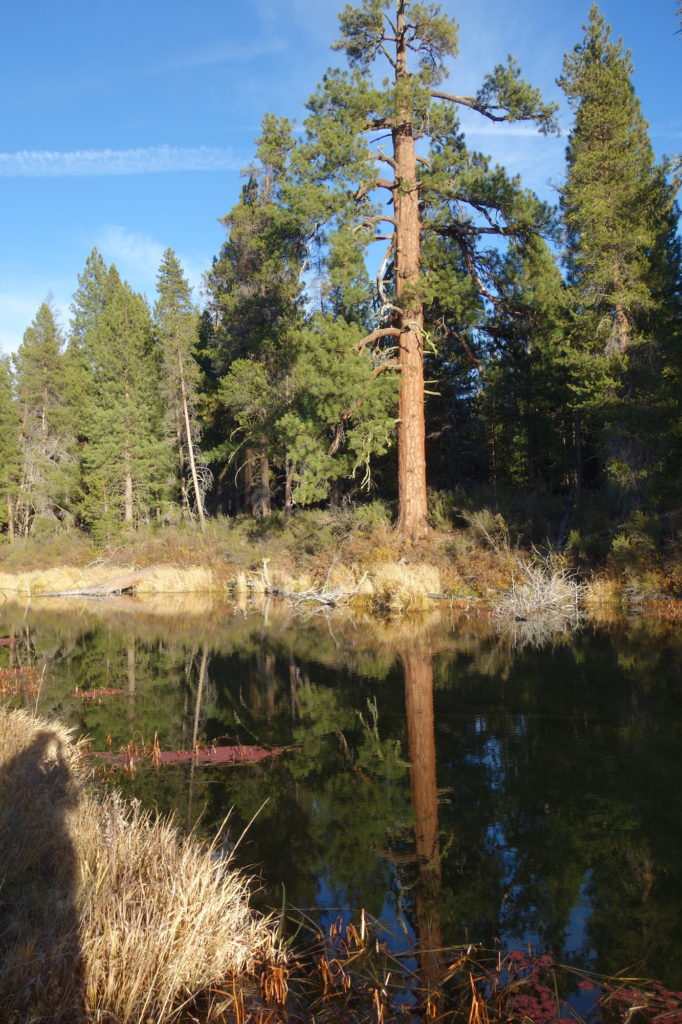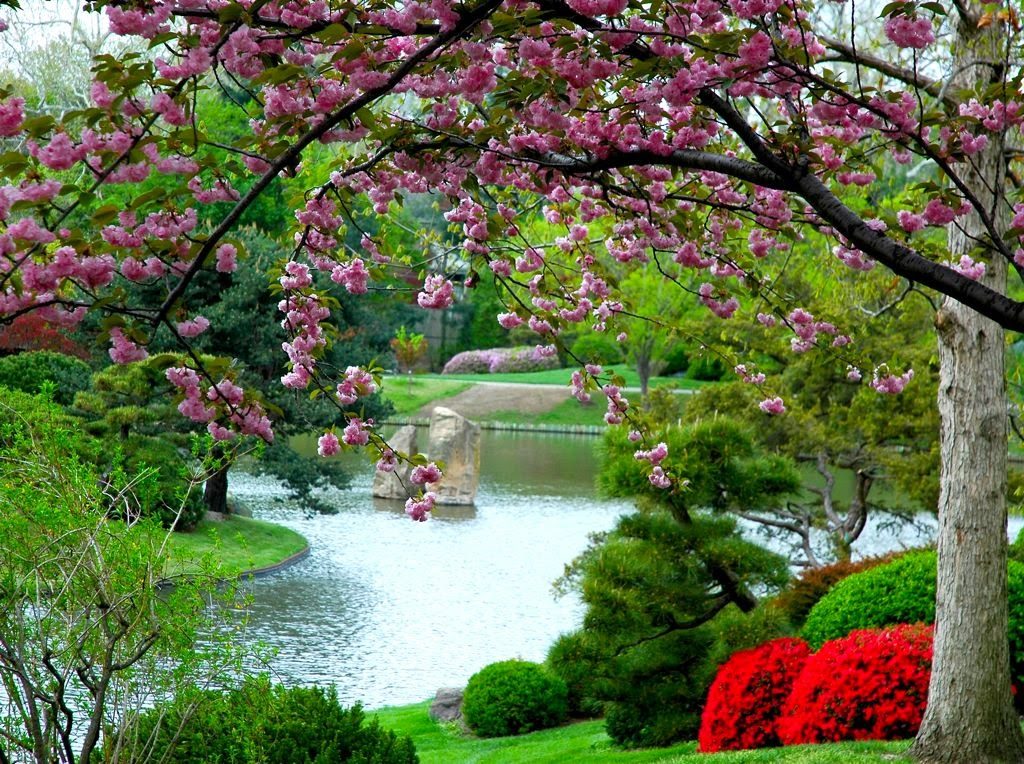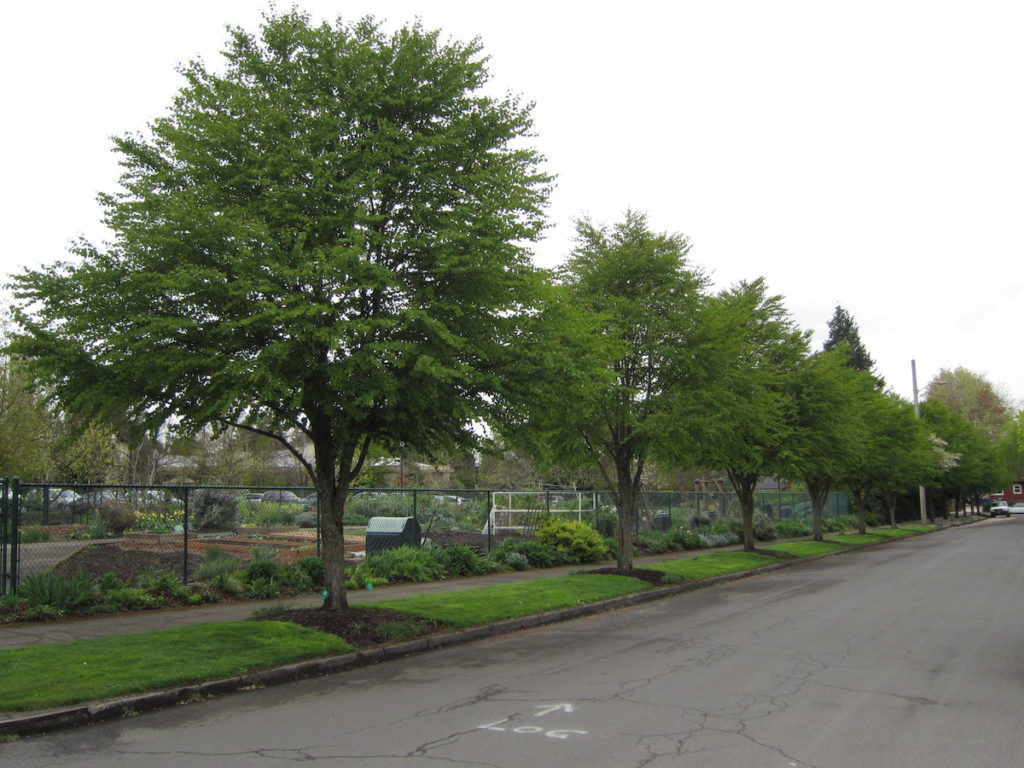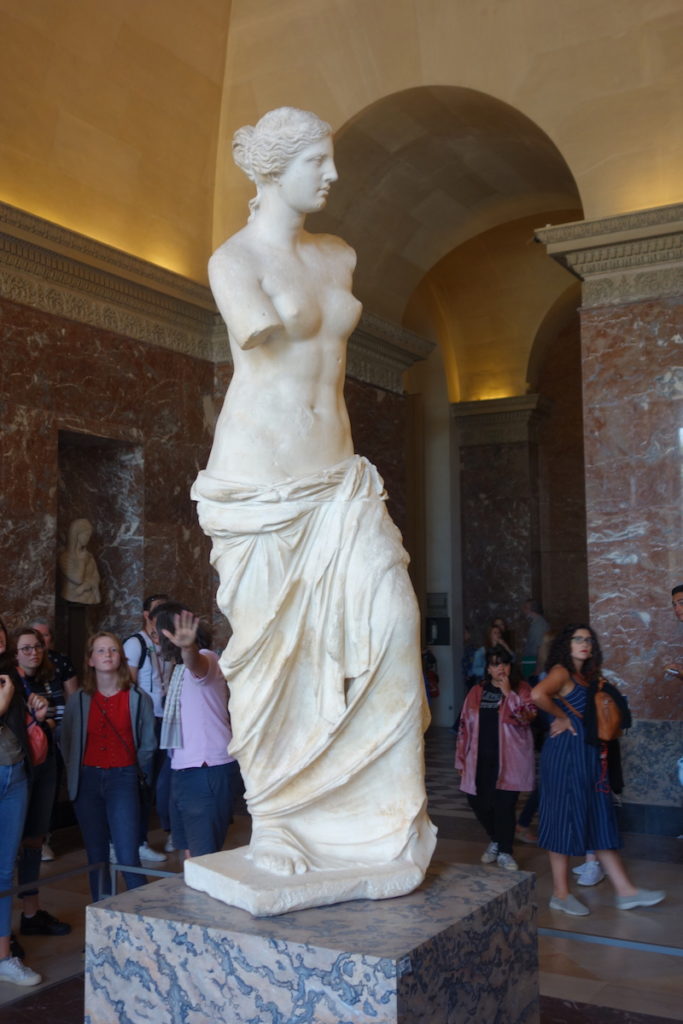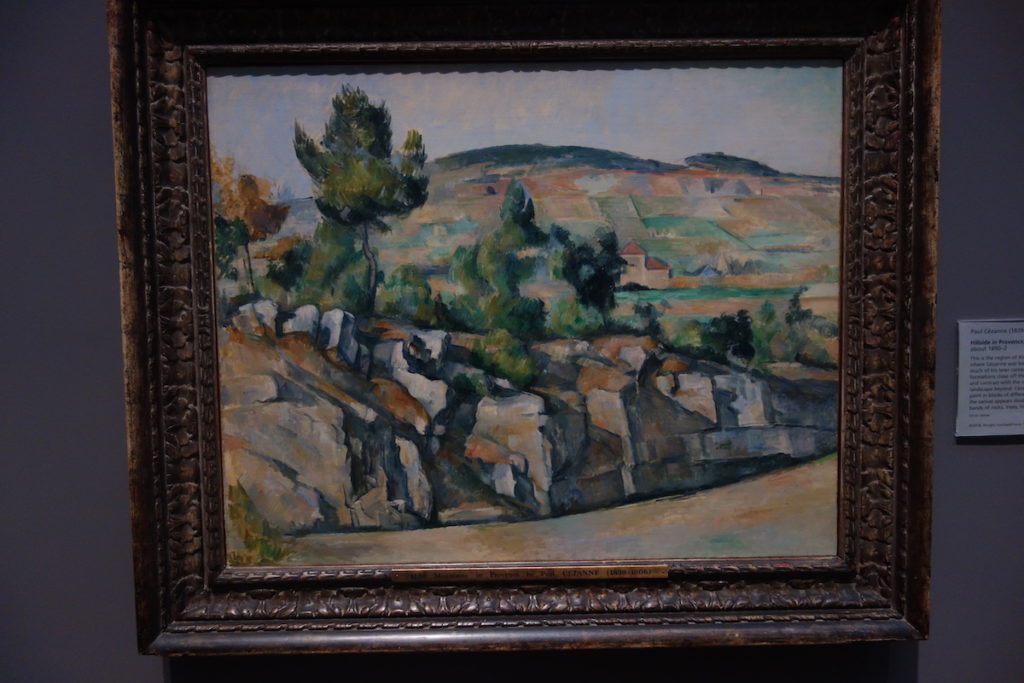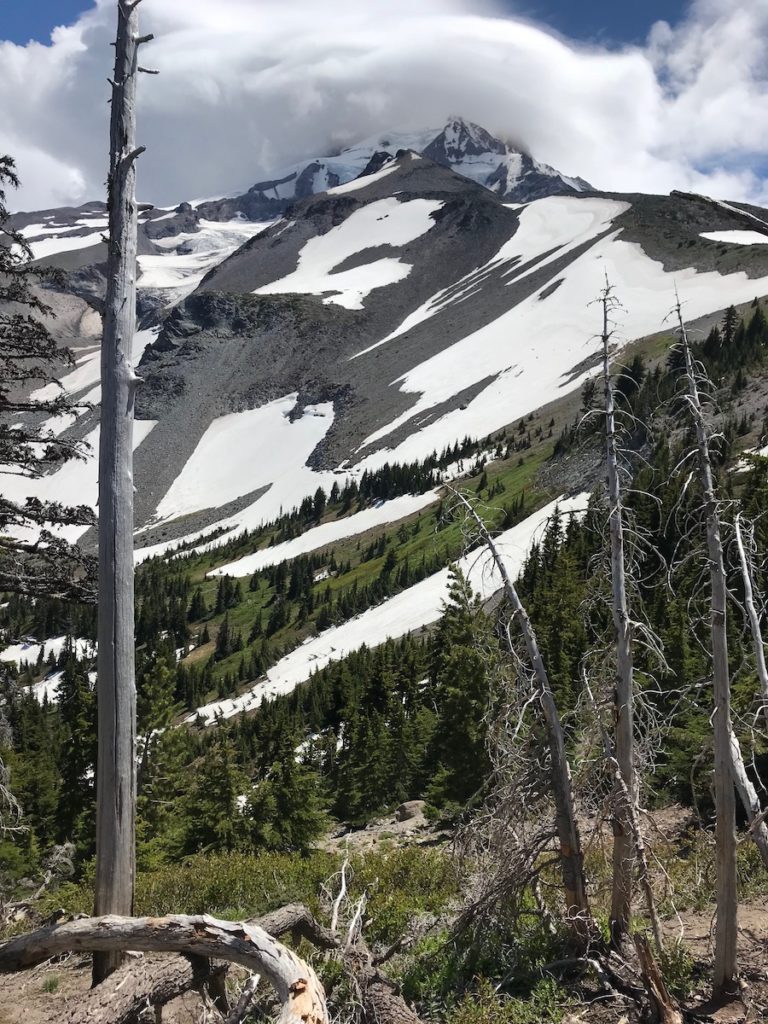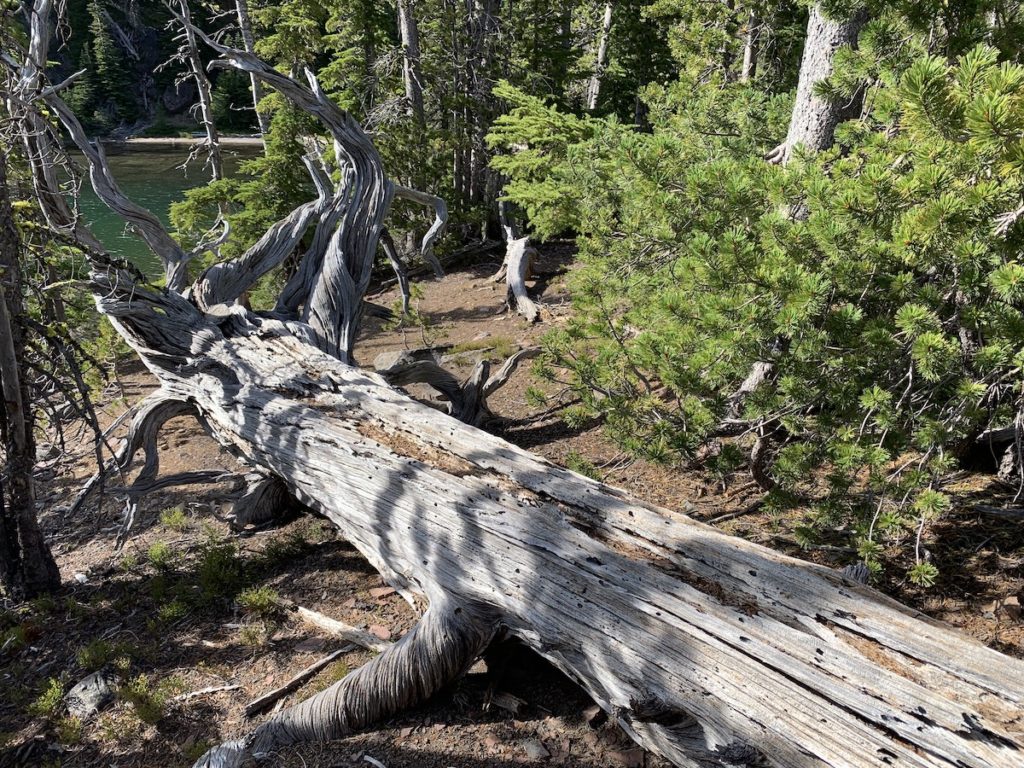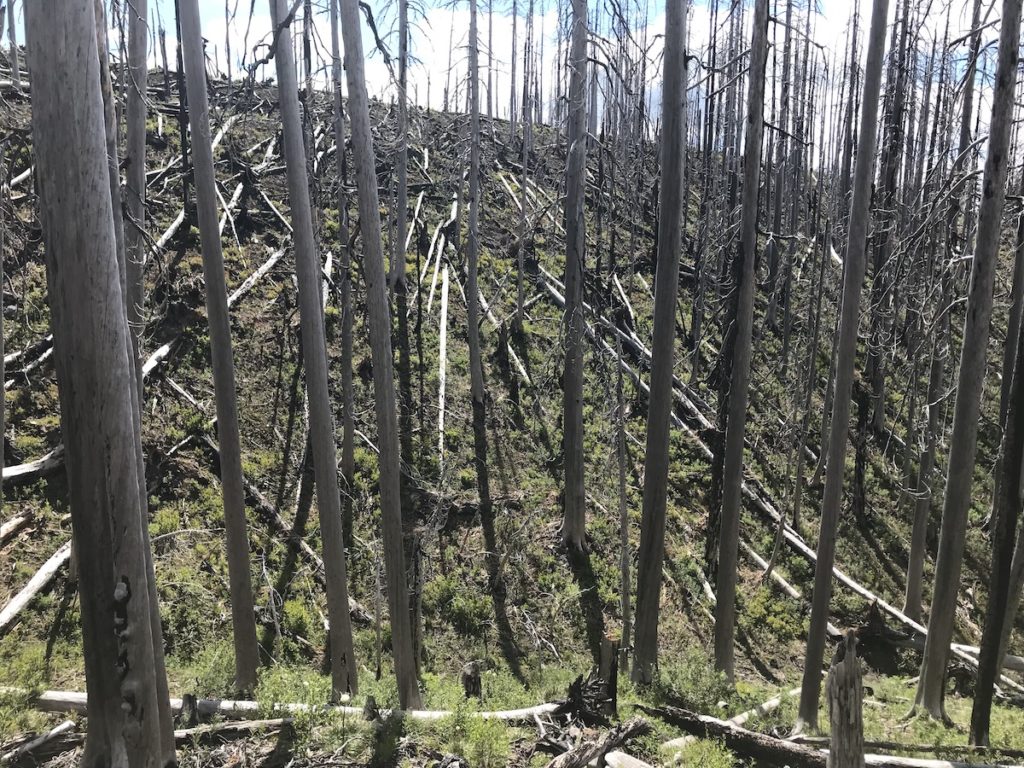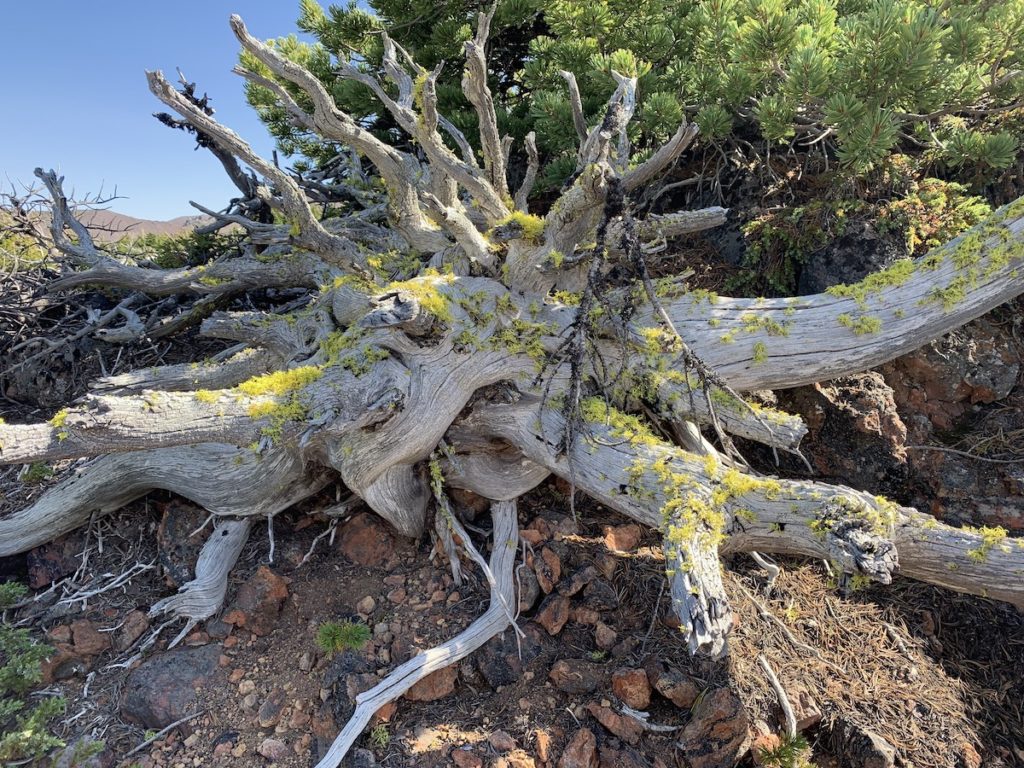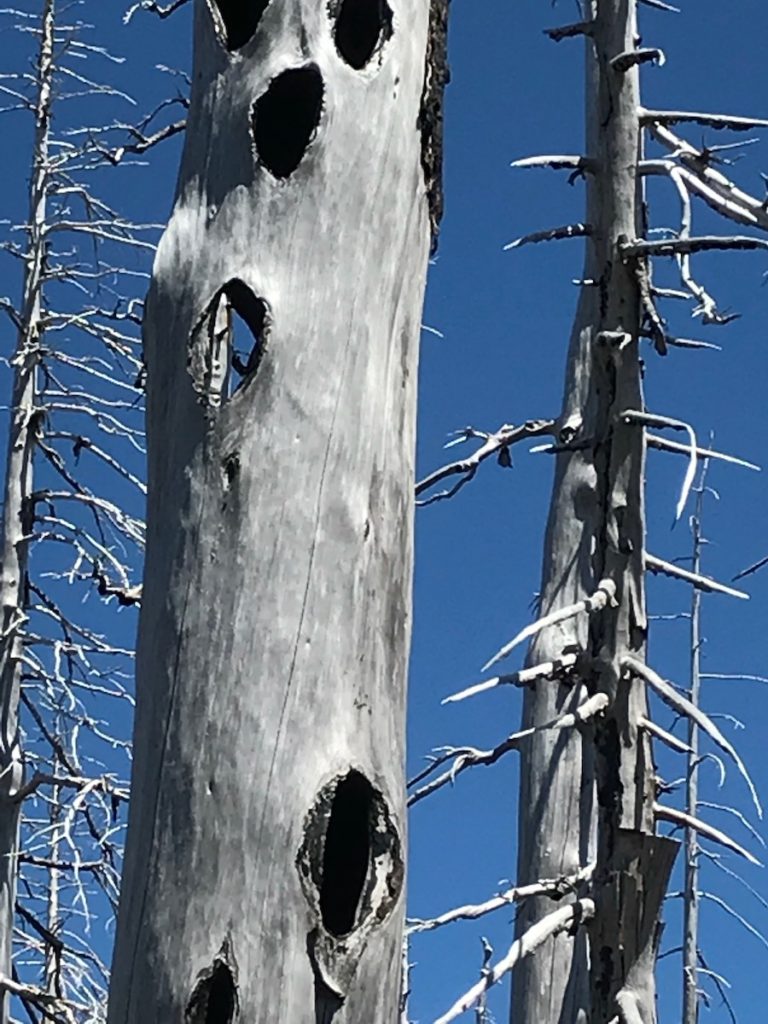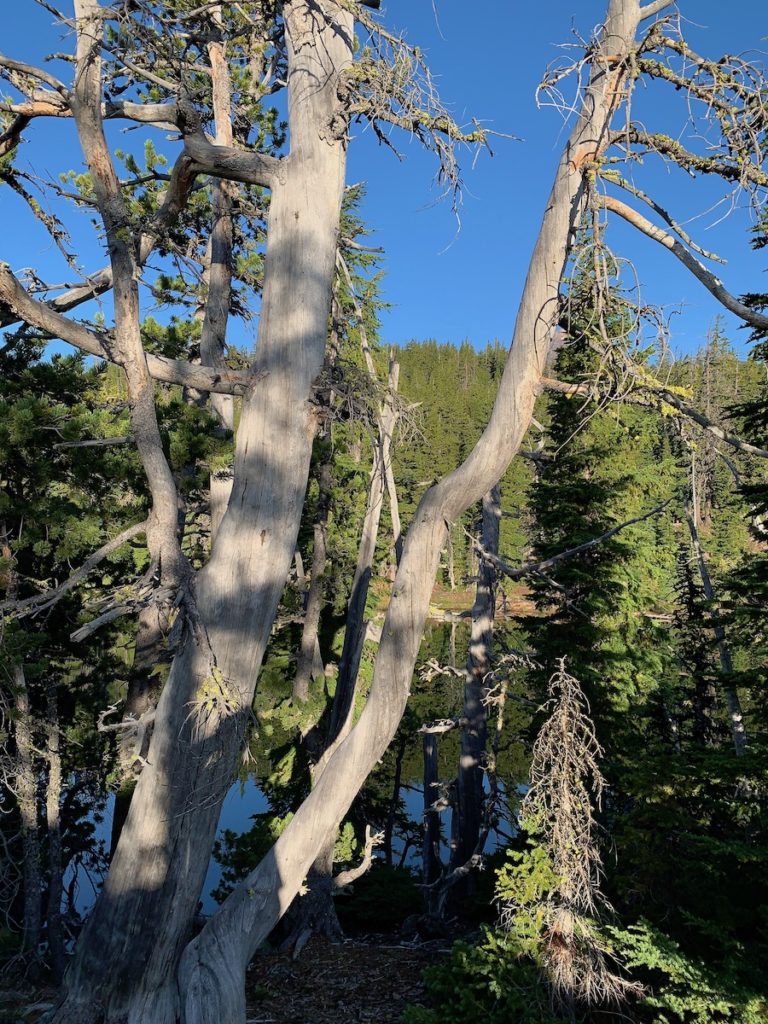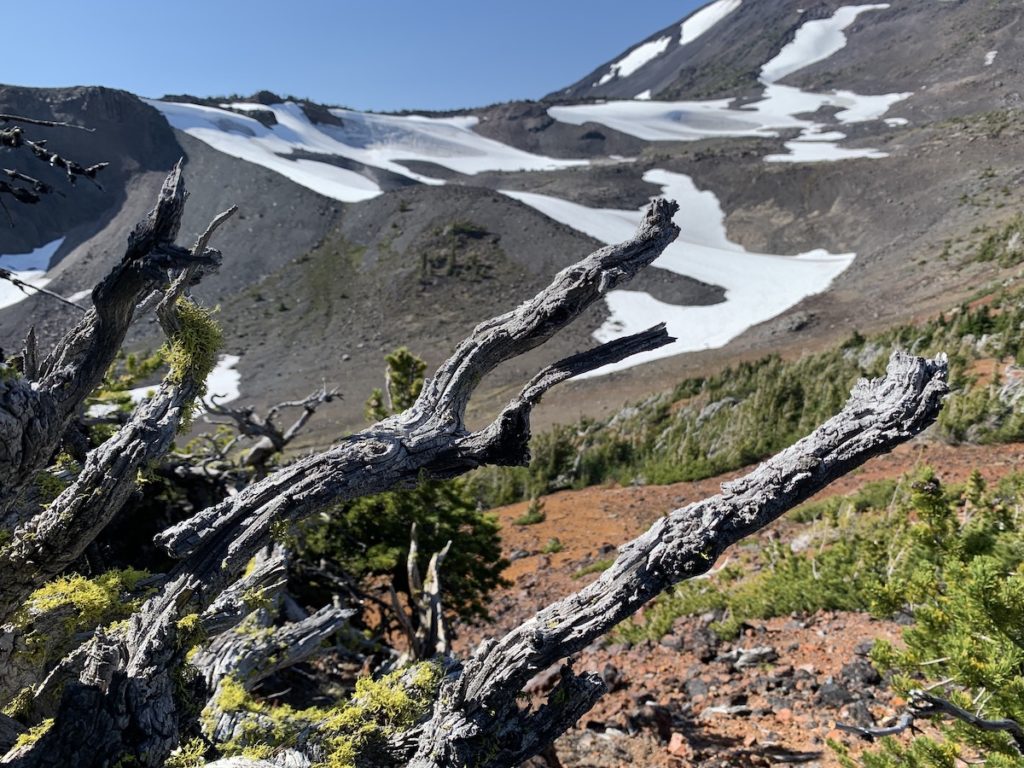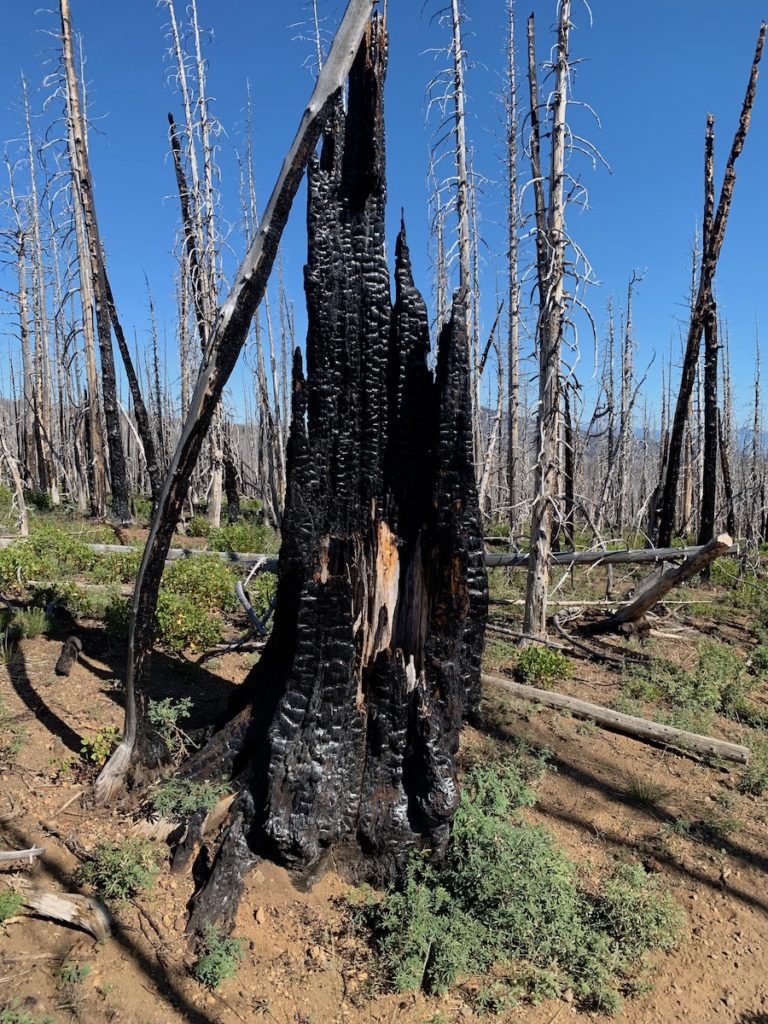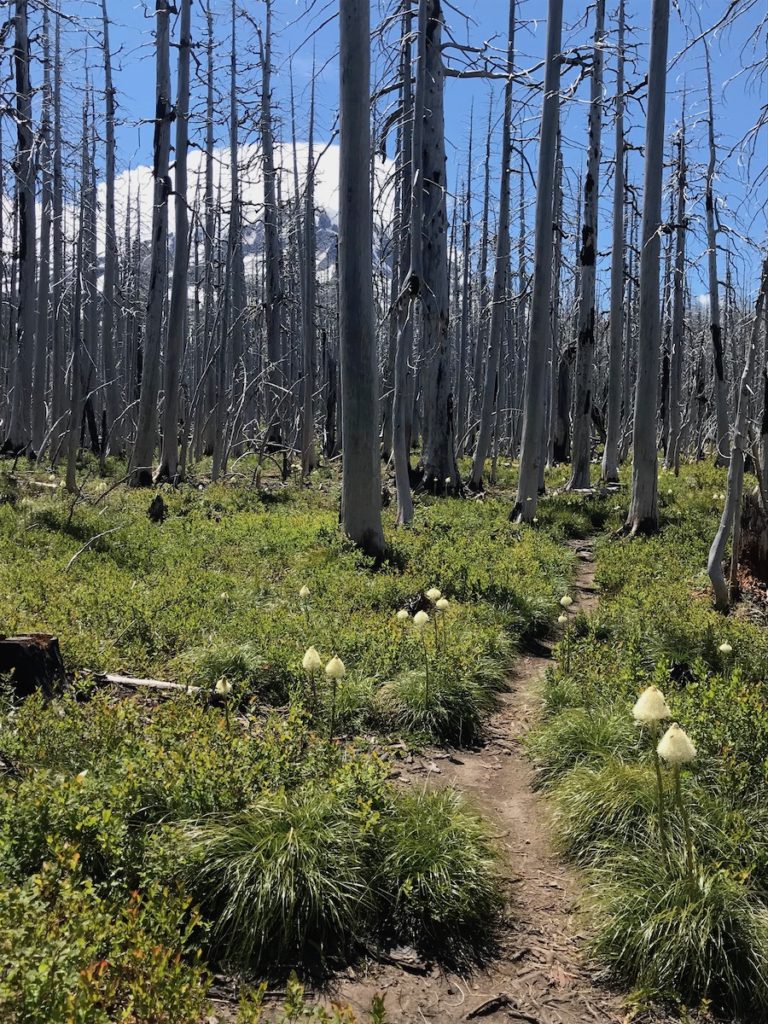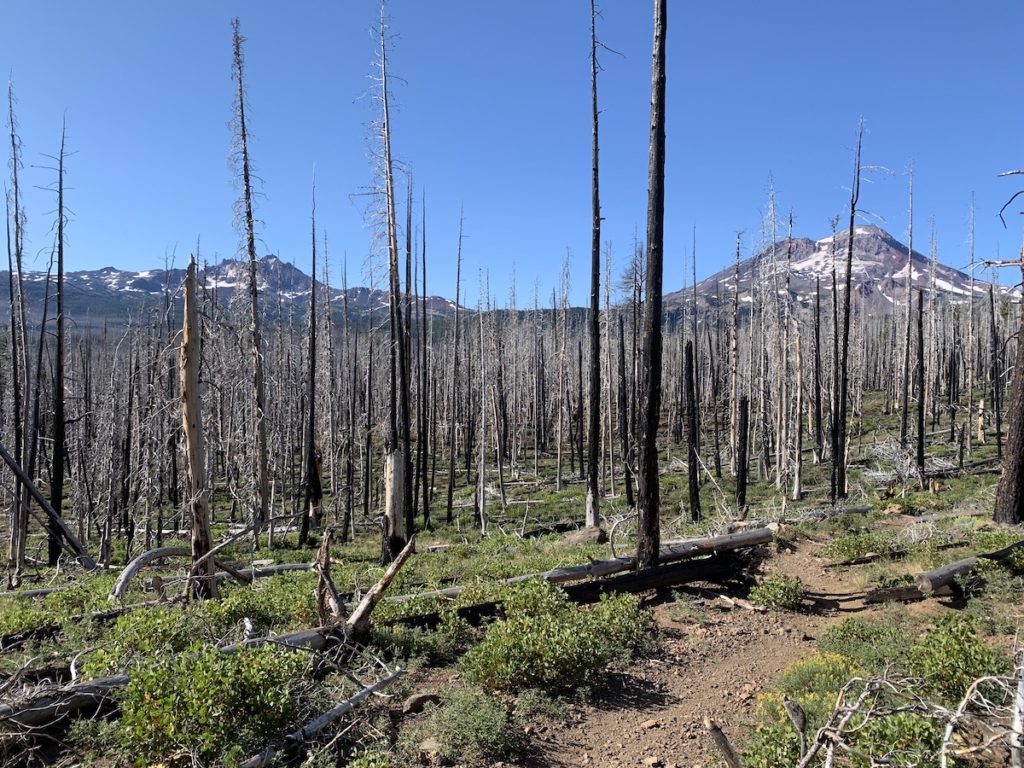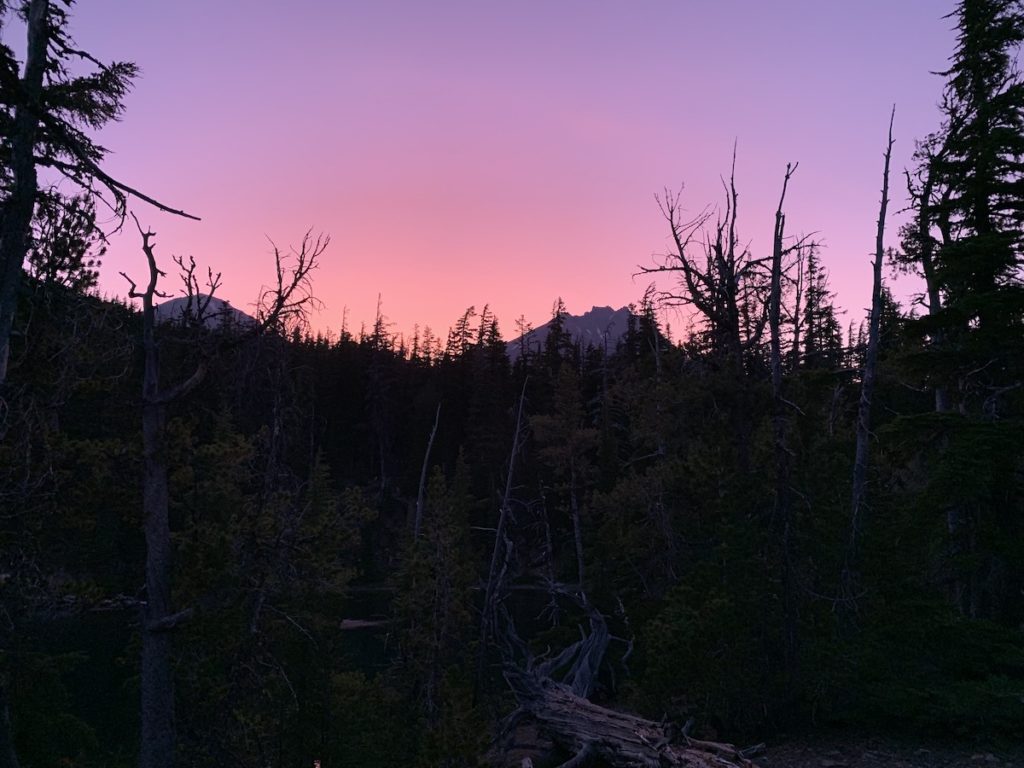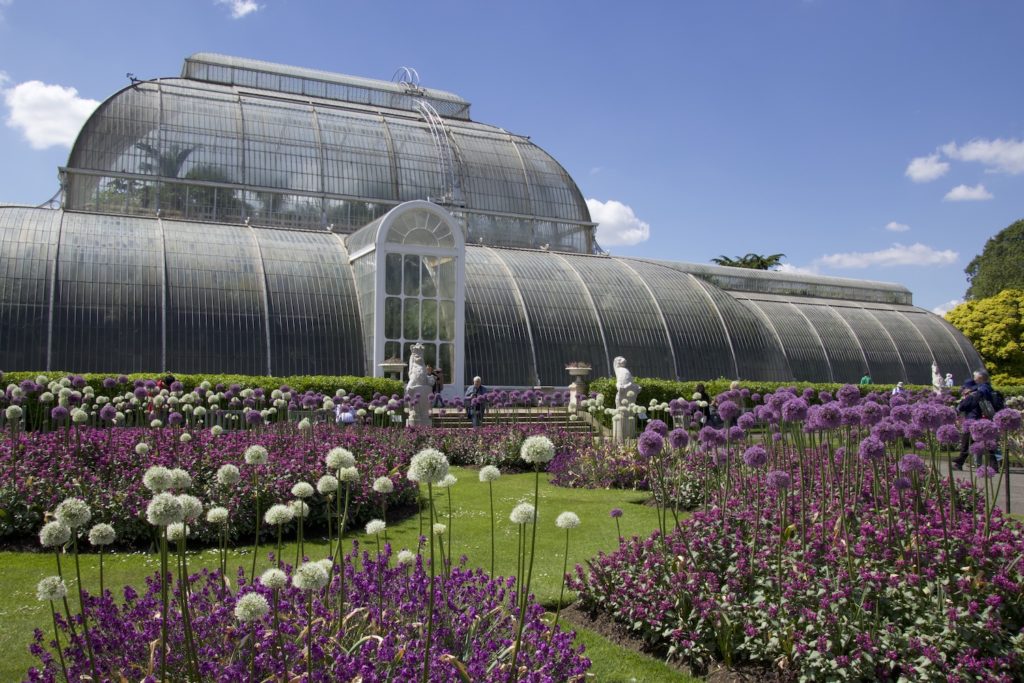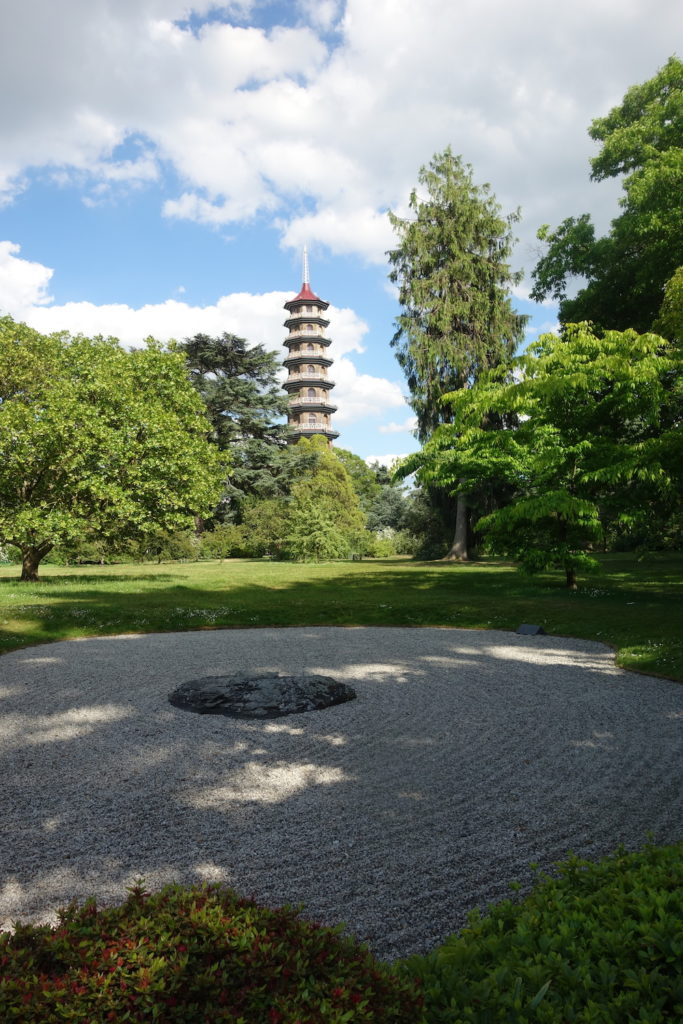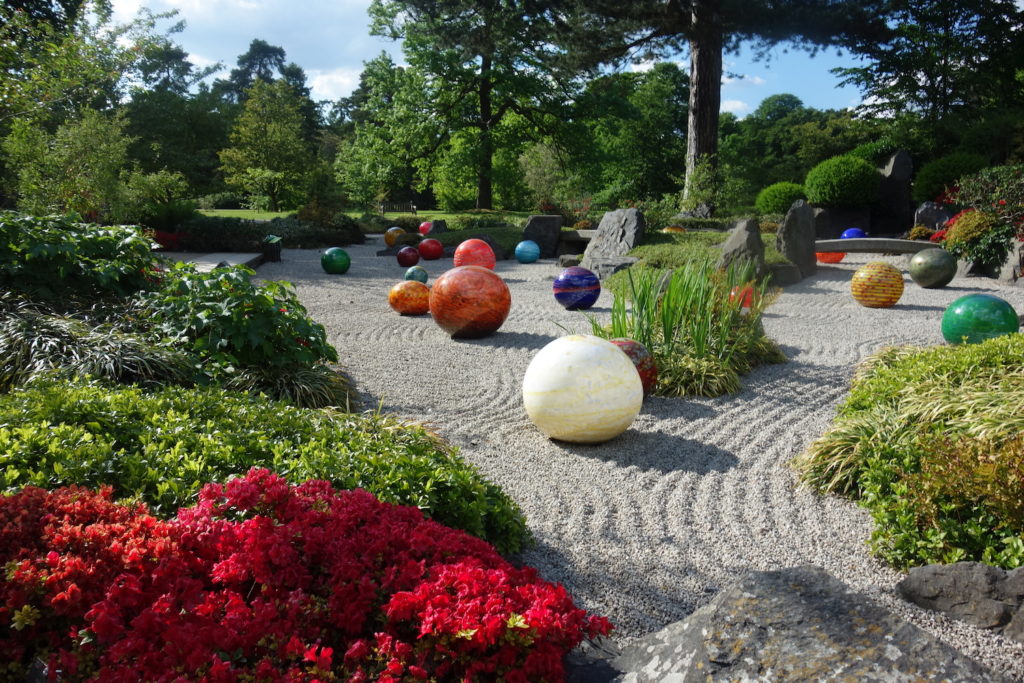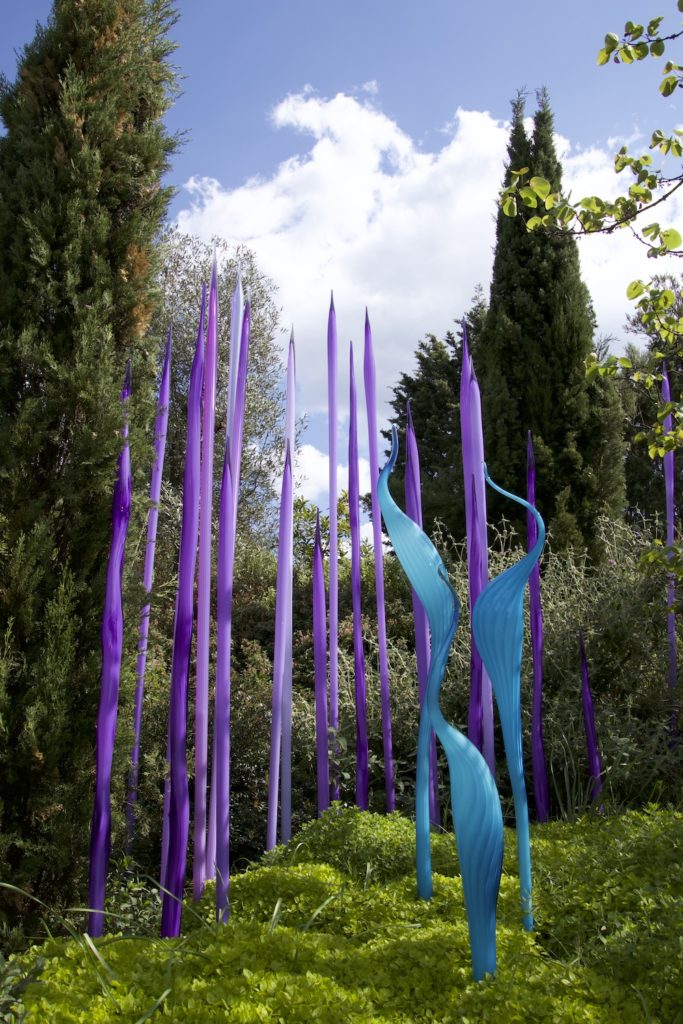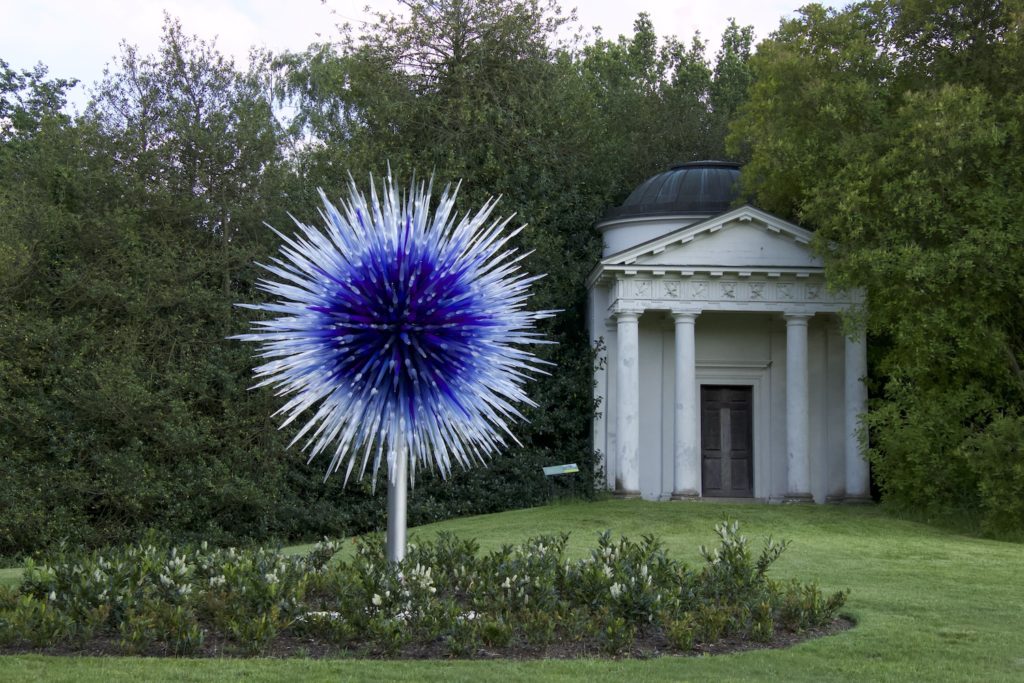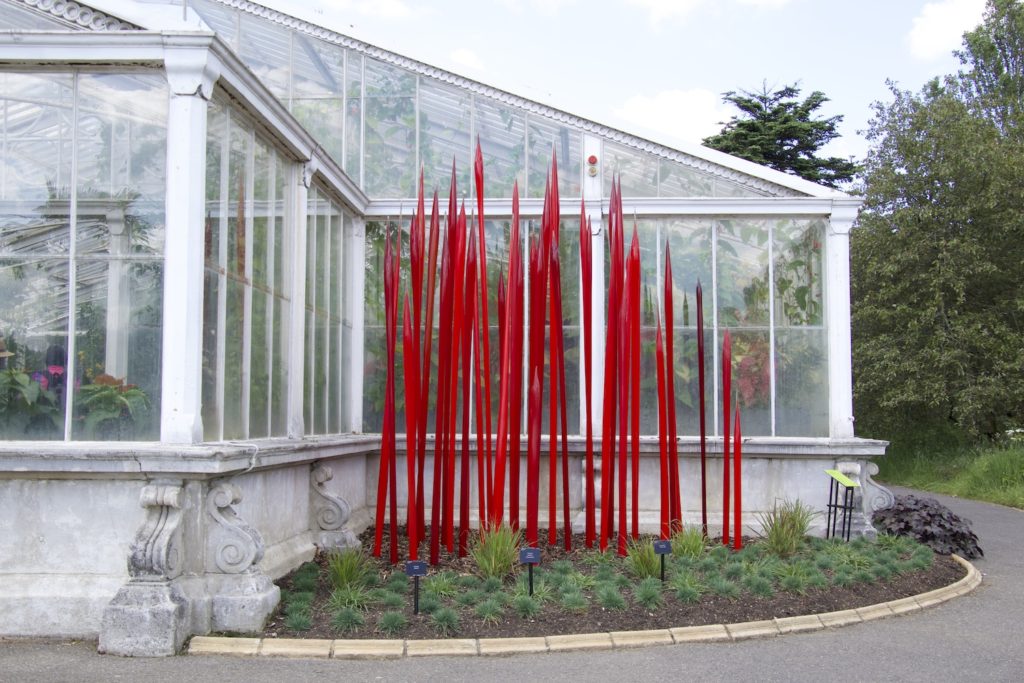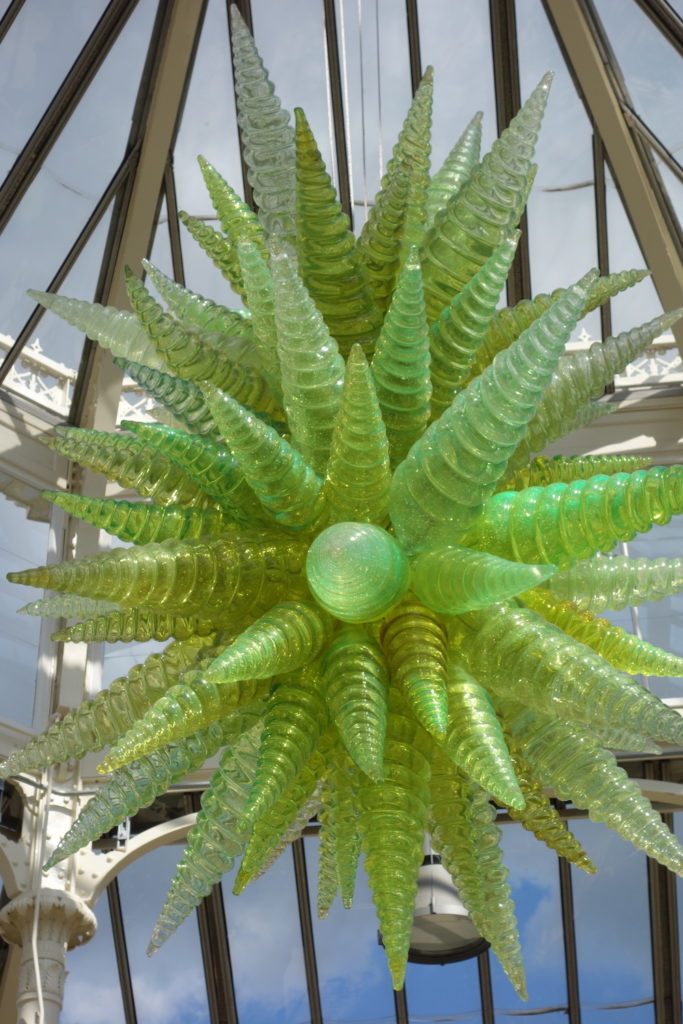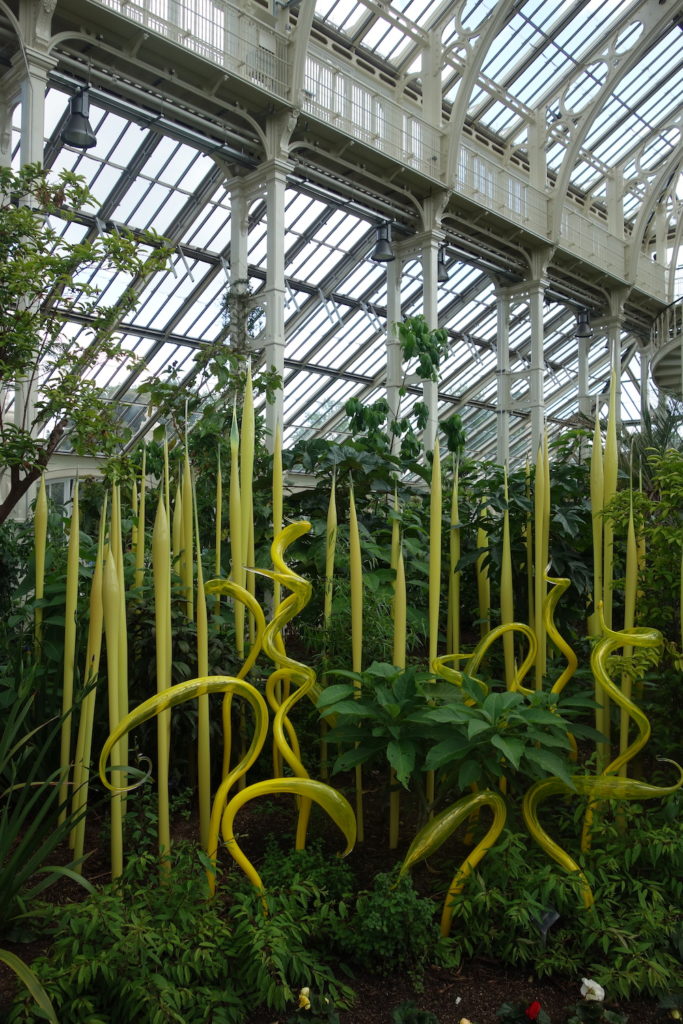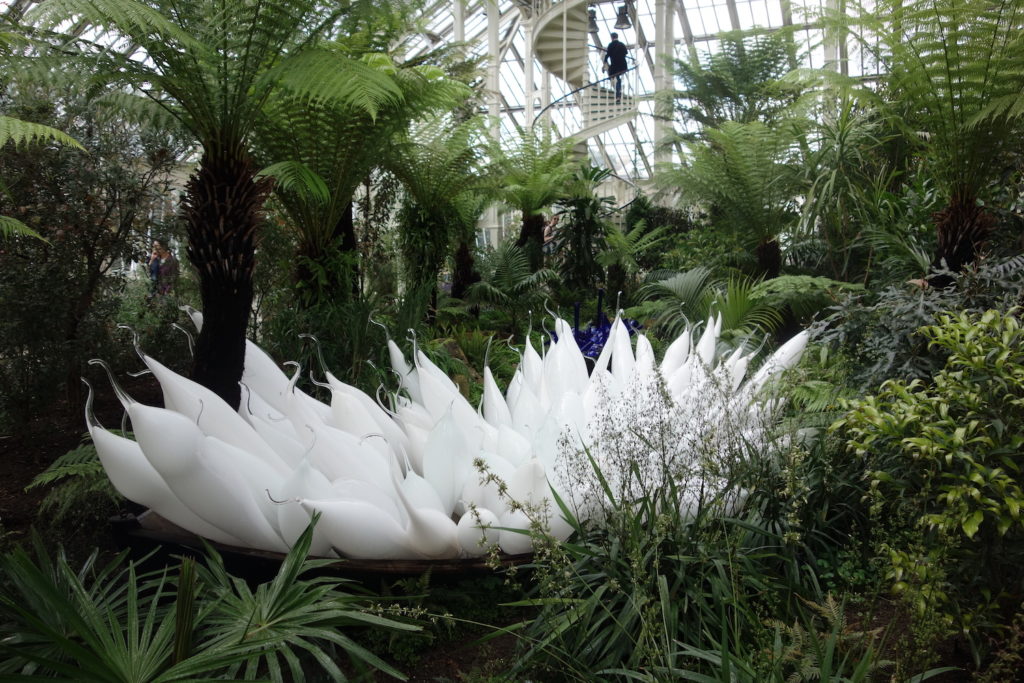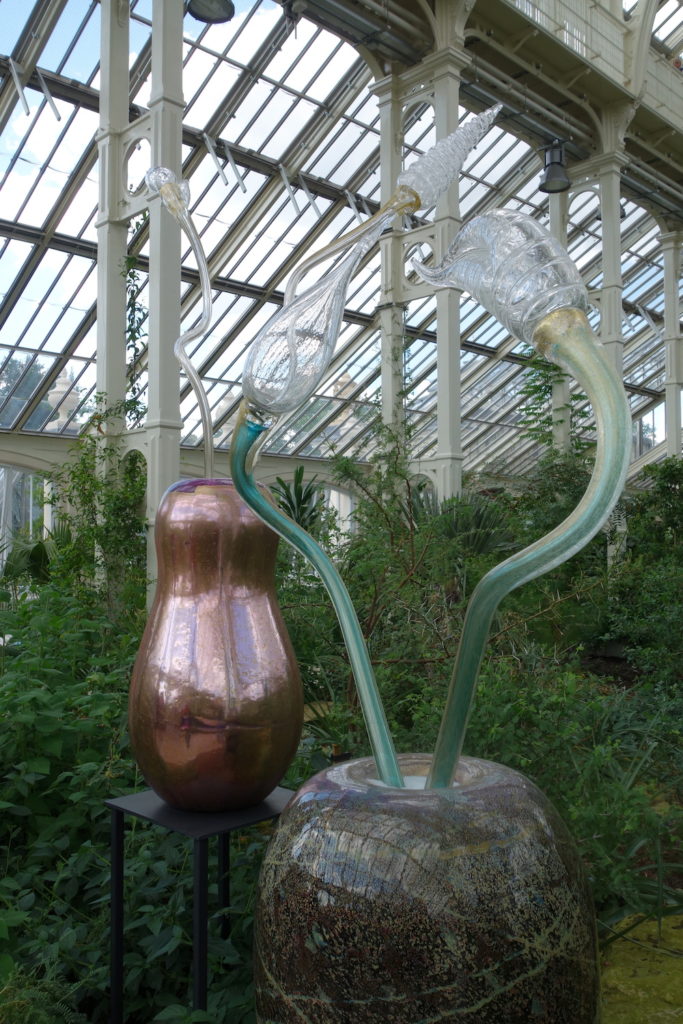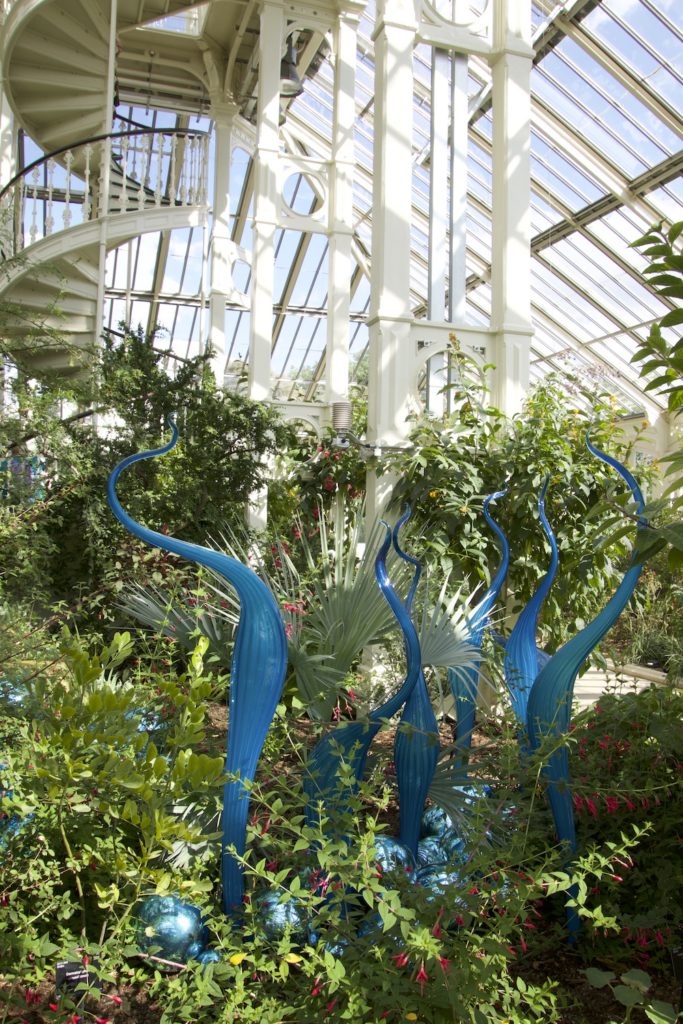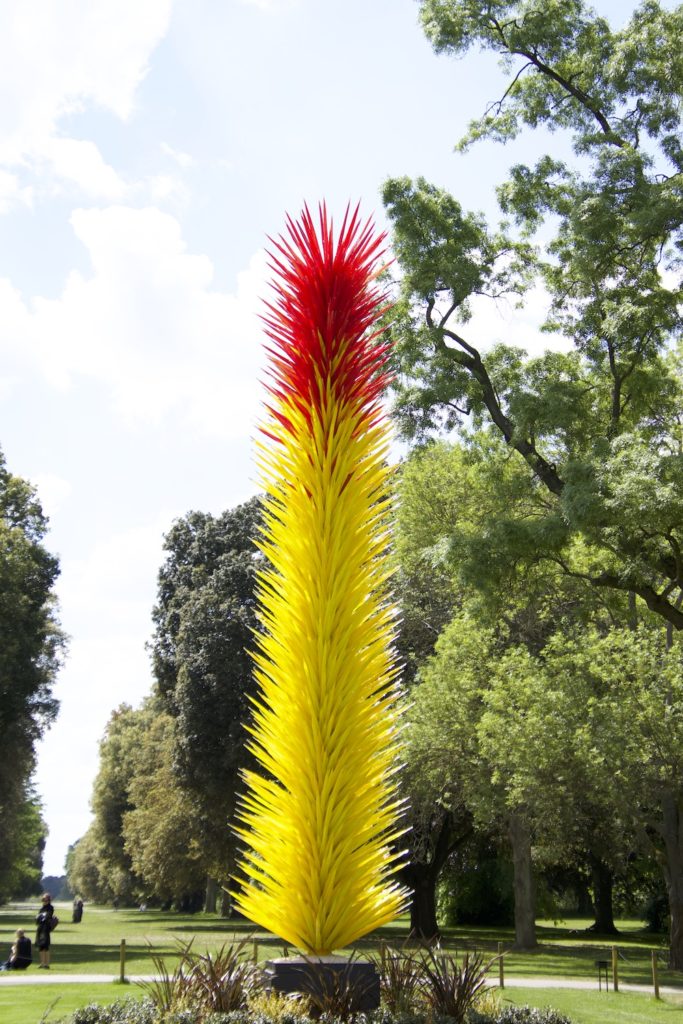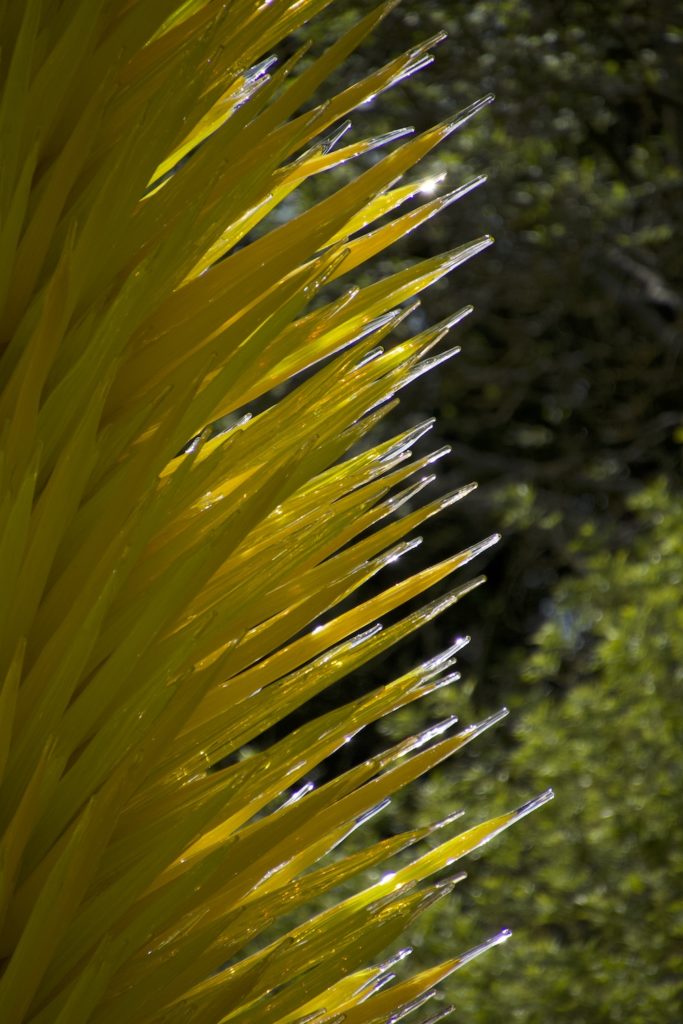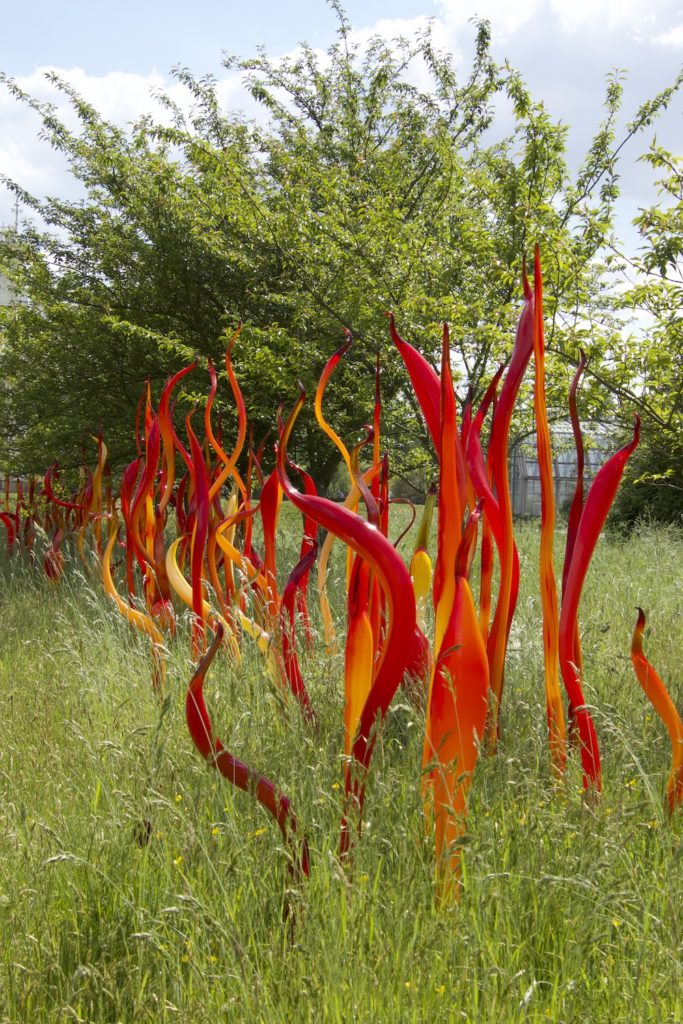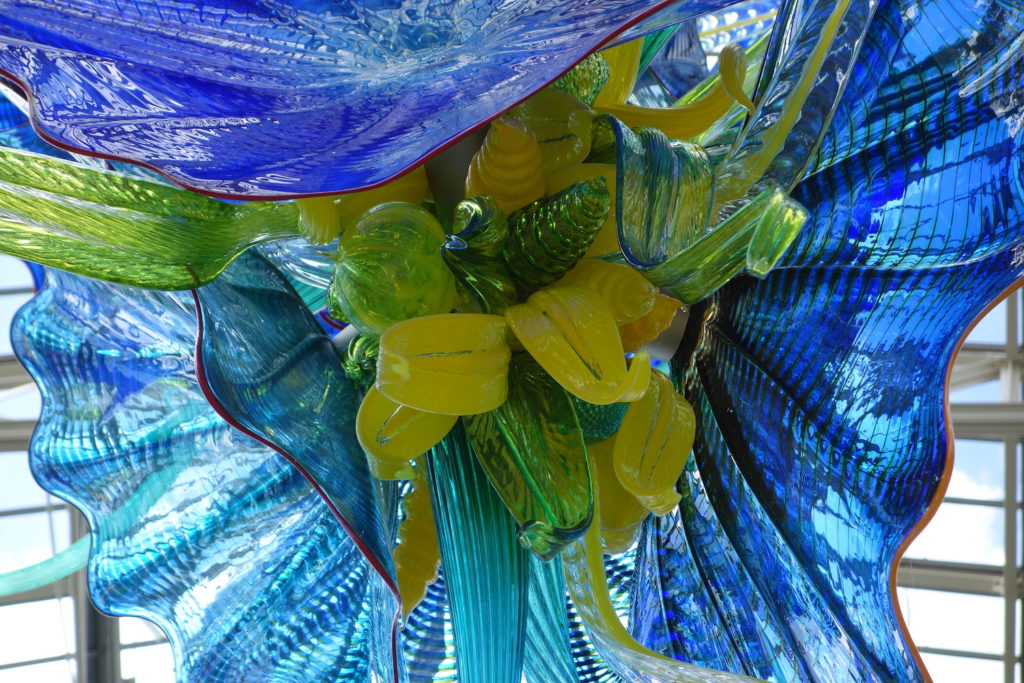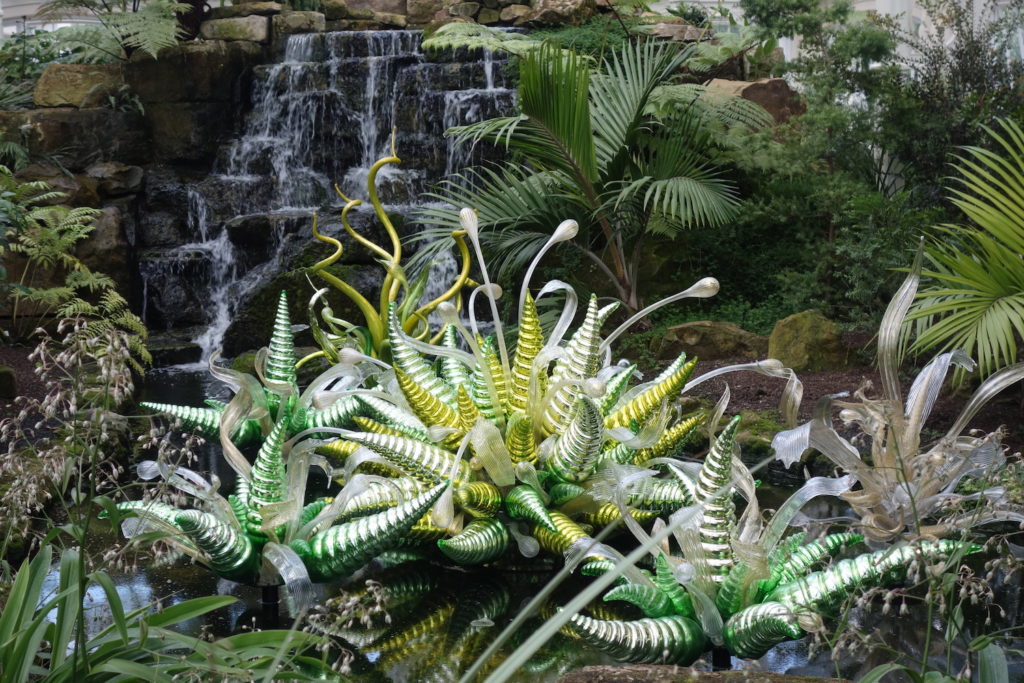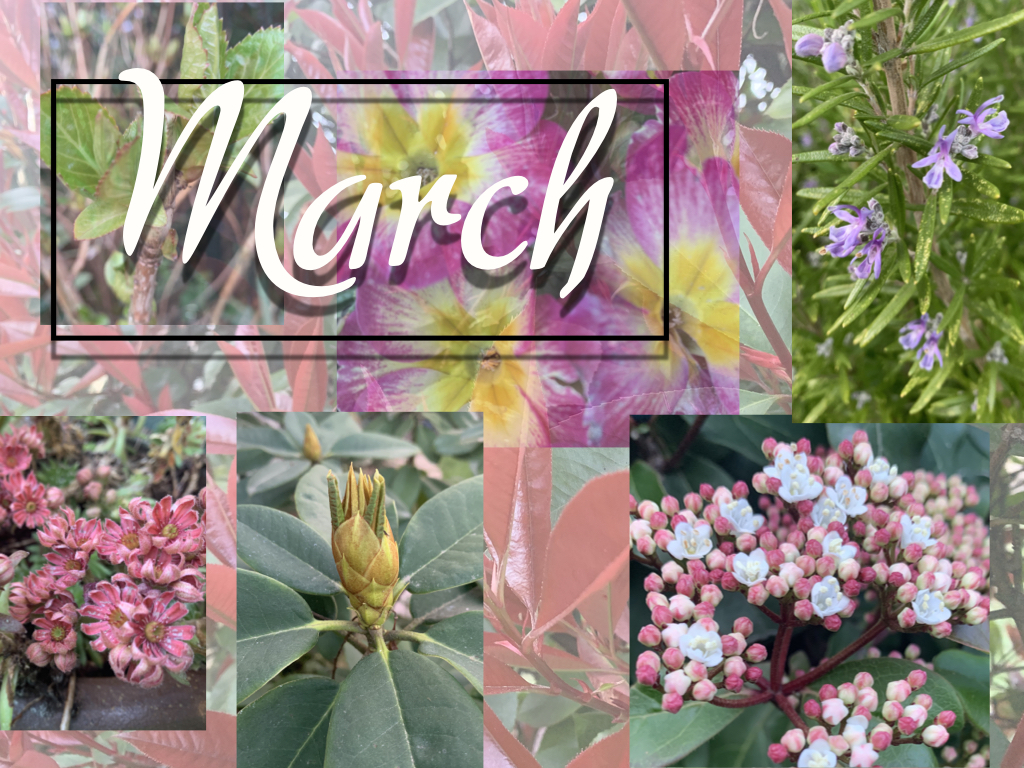
This guide is tailored for the western valleys of Oregon and Washington.
YOU can help to make the world a better, a more friendly, loving and beautiful place by being a good steward of the spot on this earth, your garden, that you have been given the privilege of borrowing for a time. It is our hope that the following to-do list will help you to do just that.
Nathan, the Treevangelist, urges you to treat your spot on this planet like your own personal Garden of Eden. May it become your personal paradise. This is your divinely mandated responsibility. Your trees, shrubs, flowers and the wildlife in your yard will pay you back as they express their smiling appreciation to you and yours by radiating their love, joy and beauty bursting forth with vibrant and verdant life. Below is a to-do list to help fulfill this mission.
E-A-R-L-Y is the operative word this March. With the mild winter, almost no snow in the Willamette Valley, and warmer than usual temperatures, the life forces within the plants cannot be contained any longer and are bursting forth. Amazingly, as early as late February, I was seeing some roses and flowering plums, among other things, beginning to sprout some leaves.
The months of January and February, though still in the throes of winter, with their numerous days in the 50s with some pushing towards 60 degrees mark, shouted “spring” in defiance of the calendric dates. This spells one thing: time to drag out the lawn mower and weeder, for the garden awaits your dutiful attention.
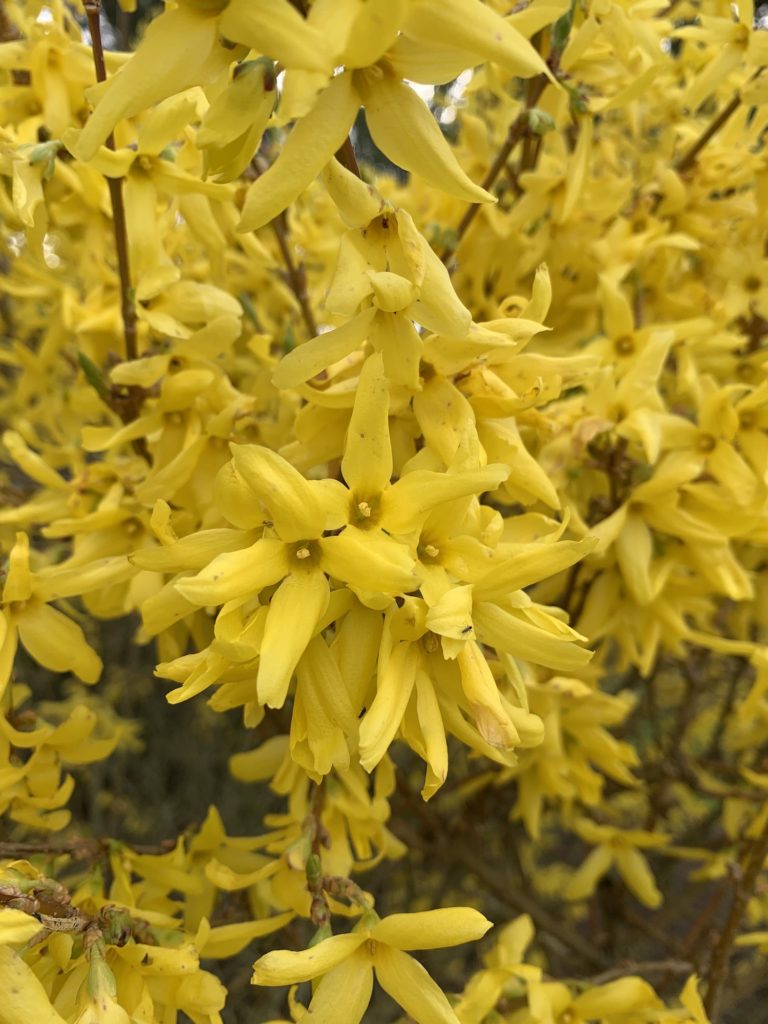
Come on and admit it. With all the rain, you’ve caught a touch of cabin fever, and it’s time to give in to that nervous twitch, come out of your cave and, like a monarch about to burst forth from its cocoon, start spreading those wings, take to flight and joyously begin fluttering around from plant to plant in your garden paradise!
While you’re at it, take a few moments and scroll back through this same Good News Tree Service, Inc. blog and check out the archives for any tree and plant care articles that you may have missed. Also check out our YouTube channel at https://www.youtube.com/channel/UCvcu2lL9NpgoXQtUFYyQShw, our Facebook page at https://www.facebook.com/GoodNewsTreeService/ and our main website at www.goodnewstree.com. Please enjoy!
Readers’ suggestions on how to improve this list are gladly solicited. If you, the reader, have any suggestions for additions to this month’s list, please put them in the comments section of this article, and I will add them to the list. Thank you in advance! — Nathan
YOU can help to make the world a better, a more friendly, loving and beautiful place by tending your spot on this earth that has been given to you—your garden. Here is a to do list to help you to do just that…
Tree and Shrub Care
Continue reading
